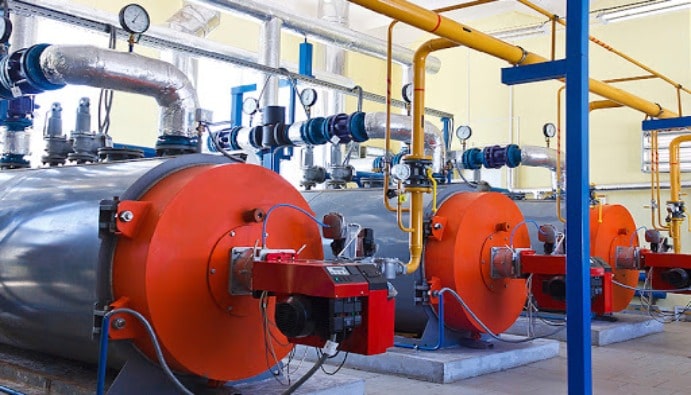
BLOG
KATEGORİDEKİ DİĞER YAZILAR

Combustion efficiency is a measure of how efficiently fuel is converted into energy in a burner. This efficiency determines how well the burner burns all of the fuel and how much heat this process converts into. High combustion efficiency means less fuel consumption, lower operating costs and fewer emissions. It is also important for minimizing energy losses, reducing damage to the environment and extending the life of the system.
Combustion efficiency testing evaluates the efficiency of burners according to their operating conditions. The tests provide information on how efficient the energy conversion is, allowing the system to be made more efficient.
The burner releases heat energy by mixing fuels such as fuel oil, fuel oil, LPG, LNG, CNG, CNG, natural gas, diesel fuel, powder coal in certain proportions.
When there is combustion with little air in the burners;
When there is combustion with excess air in the burners;
When there is complete combustion in burners;
In order for the burners to be used efficiently and correctly, they must undergo regular tests and measurements.
Nanolab Laboratories Group continues to provide services within the scope of Combustion Efficiency Test in Burners. We also provide services in Waste Analysis.
Contact us for more information.
You can follow us on LinkedIn for up-to-date news and posts about our services.
Follow our Instagram account to be informed about our latest blog posts.